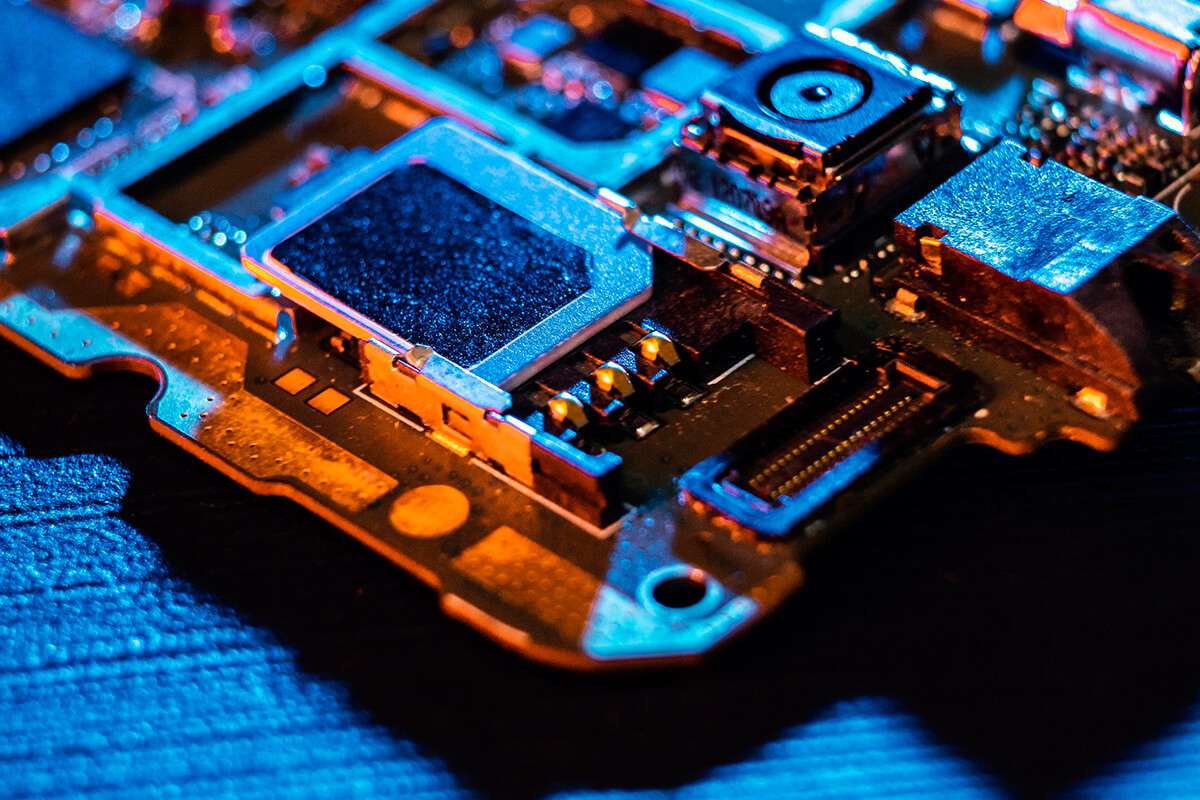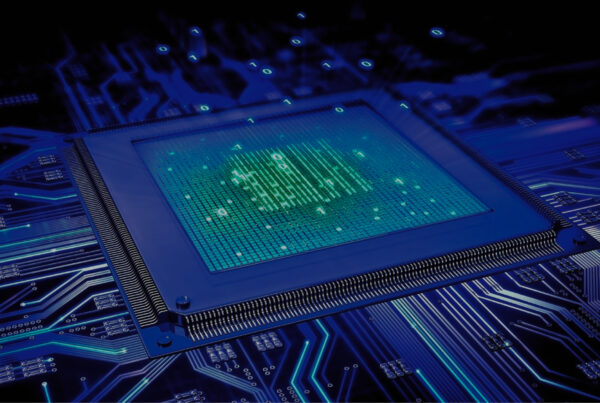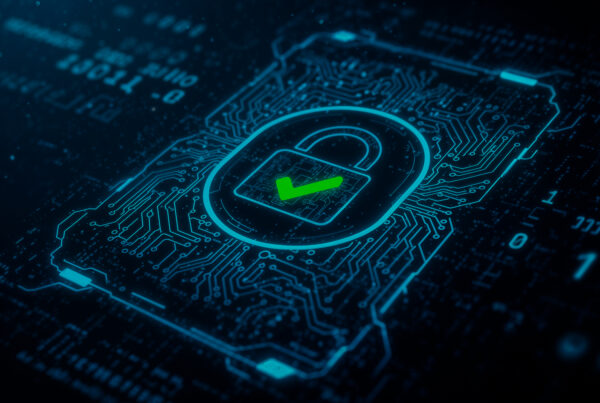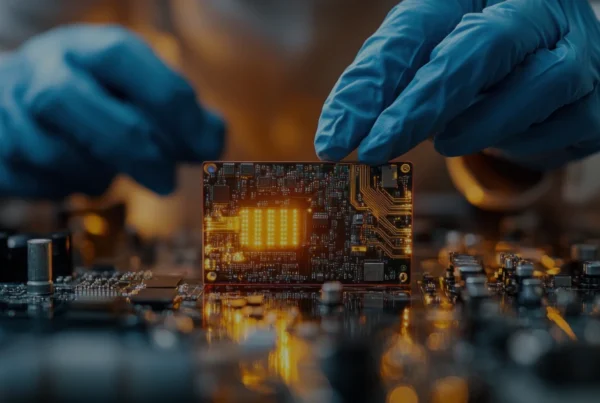There is a widespread belief that hardware design and PCB design are the same thing. However, they are separate but complementary phases of electronic product development. Hardware design sets the system architecture, chooses components, and guarantees overall functionality. On the other hand, PCB design converts that architecture into a physical board layout for manufacturing. Both these processes are different in a few ways such as scope, skill set, level of abstraction, design workflow, and tools used.
A PCB design engineer needs to understand the difference between PCB and hardware design and development for successful product development and efficient collaboration between design teams. Learn more about the key differences between PCB and Hardware design here.
What is Hardware Design?
Hardware design is an engineering practice that specifies how electronic systems, circuits, and devices operate. Tessolve’s extends from recording system-level intent to ensuring manufacturable, high-reliability hardware.
The most crucial elements of hardware design are:
- System architecture & functional planning; specifying interfaces, high-level structure, and important performance constraints
- Component library & selection services; managing symbols, footprints, and checking part feasibility
- Schematic capture & circuit design; converting architecture into electrical connection and board-level design
- Simulation & analysis; signal integrity, power integrity, thermal and EMI/EMC assessments to ensure performance
- Mechanical & electro-mechanical assembly; creating enclosures, interfaces, and ensuring structural/thermal characteristics
- Design-for-manufacturability (DFM) & turnkey delivery; utilizing in-house CAM checks, partner fabs, and assembly services for production volumes
Hardware design approach spans theoretical system objectives and practical limitations, creating the fundamental building block prior to entering in-depth printed circuit board work.
Read about: Channel Modeling and Simulation for High-Speed PCB Design Verification
What is PCB Design?
PCB design is the technical subset of hardware engineering responsible for converting schematic logic to a physical, manufacturable board. Tessolve’s PCB design services focus on reliability, manufacturability, and compliance under actual conditions.
Major aspects of PCB design are:
- Component placement & layout optimization; placing parts to optimize signal paths, heat, and routing simplicity
- Trace routing & signal integrity; providing correct impedance, reducing crosstalk, and maintaining signal fidelity
- Power and ground strategy; using ground/power planes, decoupling schemes, and clean return paths
- Multilayer stack-up & material design; selecting layer structure, thickness, and materials (e.g. Rogers, Megtron, Nelco)
- Thermal management; using vias, thermal reliefs, and heatsinking techniques
- DFM / DFA & CAM validation; running VALOR (or equivalent) checks, following IPC guidelines, and assembling for optimization
In a delivery model, PCB hardware design is at the center of making functional electronics a reality. It is augmented with schematic capture, library services, simulation, and mechanical design to be an end-to-end turnkey hardware solution. Industry tools such as Allegro, Xpedition, Altium Designer, KiCAD, and others are used by their teams to assist in complex, high-speed board design.
Read about: Best Practices in High-Density Interconnect (HDI) PCB Design for Complex Products
Differences Between Hardware Design and PCB Design
Hardware Design vs PCB Design involves understanding how electronic systems are conceptualized and implemented. While hardware design focuses on the overall functionality and architecture of a system, PCB design deals with the physical layout and interconnection of components on a board.
| Category | PCB Design | Hardware Design |
| Focus and Goals | PCB hardware design focuses on creating a layout for the interconnection of electronic components on PCB. It allows companies to optimize the placement of electronic components, power distribution, and routing of signal traces to ensure the device’s functioning. PCB designing translates the hardware design into a physical PCB design layout, meeting electrical and mechanical constraints while considering thermal management, manufacturability, and signal integrity. | Hardware design helps companies to conceptualize and define the overall architecture of the electronic system for better functionality. It aids in selecting the appropriate components for better system behavior and establishes the interaction between different hardware modules, meeting device functional requirements. With the help of hardware design, companies can create a comprehensive electronic system according to their specific needs, such as size, power, cost, and performance. |
| Skill Sets and Expertise Requirement | To create a PCB layout and ensure proper functionality and manufacturability, a PCB design engineer must understand electronics. They should know various PCB design software, as companies use different software according to their specific needs. PCB designers must understand PCB design and development along with its manufacturing process and concepts like thermal considerations, impedance matching, Signal and Power integrity, and EMI/EMC mitigation techniques. It is also essential to have a deep knowledge of PCB design rules and guidelines for different circuits such as Analog, Digital, RF and Power supply | On the other hand, a hardware designer must have a broad understanding of electronics to conceptualize, create, and refine the architecture of the electronic device. They must also be well-trained in design principles to optimize and analyze the complex electronics system. Apart from this, they must be proficient in programming languages. For both PCB Design and Engineering hardware a skilled engineer is must. |
| Design Tools and Software | To create a reliable, efficient, and cost-effective board design, a PCB design engineer must have a thorough knowledge of PCB design software and tools. It helps designers to create physical layout, manage design constraints, place components, route traces and deliver Manufacturing files in PCB Design and development. | To work on hardware design and development, hardware designers must understand various tools to create electronic circuit diagrams.
|
Hardware Turnkey Flow
- Schematic Development: Incorporates DUT information, tester configuration, channel mapping, and circuits involved.
- Library Creation & BOM Scrubbing: Ensures accurate component management and up-to-date libraries.
- Mechanical Data Import: Includes tester templates, handler docking plates, stiffener inlays, and RF brackets.
- Placement & Critical Signal Routing: Performs single-site placement followed by multi-site designs; preliminary BOM released.
- Stack-Up Optimization: Determines the best stack-up for performance, yield, and cost.
- Signal & Power Integrity Analysis: Conducted pre- and post-routing to ensure reliable operation.
- Routing: Efficient routing for faster turnaround without compromising quality.
- Final File Verification: Checks compliance with DFM and vendor design rules. Tessolve and other qualified vendors can contribute to PCB Fabrication & Assembly, including SEICA testing.
- Loadboard Diagnostics: Programs verify relays, active components, and passives.
Collaboration Between Hardware and PCB Designers
For a successful design, both PCB design engineers and hardware designers must be on the same page. They should collaborate from the initial stage to define the project’s requirements, goals, and constraints. The communication between them helps solve the constraints, such as the size of the hardware board design, thermal consideration, power requirements, and any specific guidelines. Moreover, they must provide regular feedback to improve the final design.
Also Know: 5G IoT & How It Is Significant for the Future of Connected Vehicles
Conclusion
In a nutshell, understanding the clear difference between hardware and PCB design helps in creating successful electronic products. It becomes even more critical as the need for compact electronic products has increased, making the structure complex. That’s where Tessolve comes in with years of experience. We offer hardware solutions in multiple segments. At Tessolve, we offer quality PCB design services, including PCB layouts, schematic capture, package engineering, mechanical engineering, etc.
Get in touch with us and get the right hardware design solution!
FAQ
- What skills and tools are needed for PCB design vs hardware design?
Hardware design requires knowledge of circuits and system architecture, while PCB design needs expertise in CAD tools, routing, and layout optimization. - What are the common challenges in moving from hardware design to PCB layout?
Key challenges include signal integrity, thermal management, manufacturability, and ensuring compliance with electrical and mechanical constraints. - How do design revisions in hardware affect PCB design?
Any hardware change often requires PCB rework, making early validation and close collaboration critical to avoid costly iterations. - What are the major considerations in hardware design?
Major considerations are choosing the right components by functionality, compatibility between components, assessment of power requirements, and performance and cost optimization. Engineers also must consider how these components will physically fit into the final product. - Why is simulation important in hardware and PCB design?
Simulation software such as SPICE, SI/PI simulators, and 3D modeling identify defects early, decrease rework, and ensure performance validation prior to physical prototyping, saving time and money.






